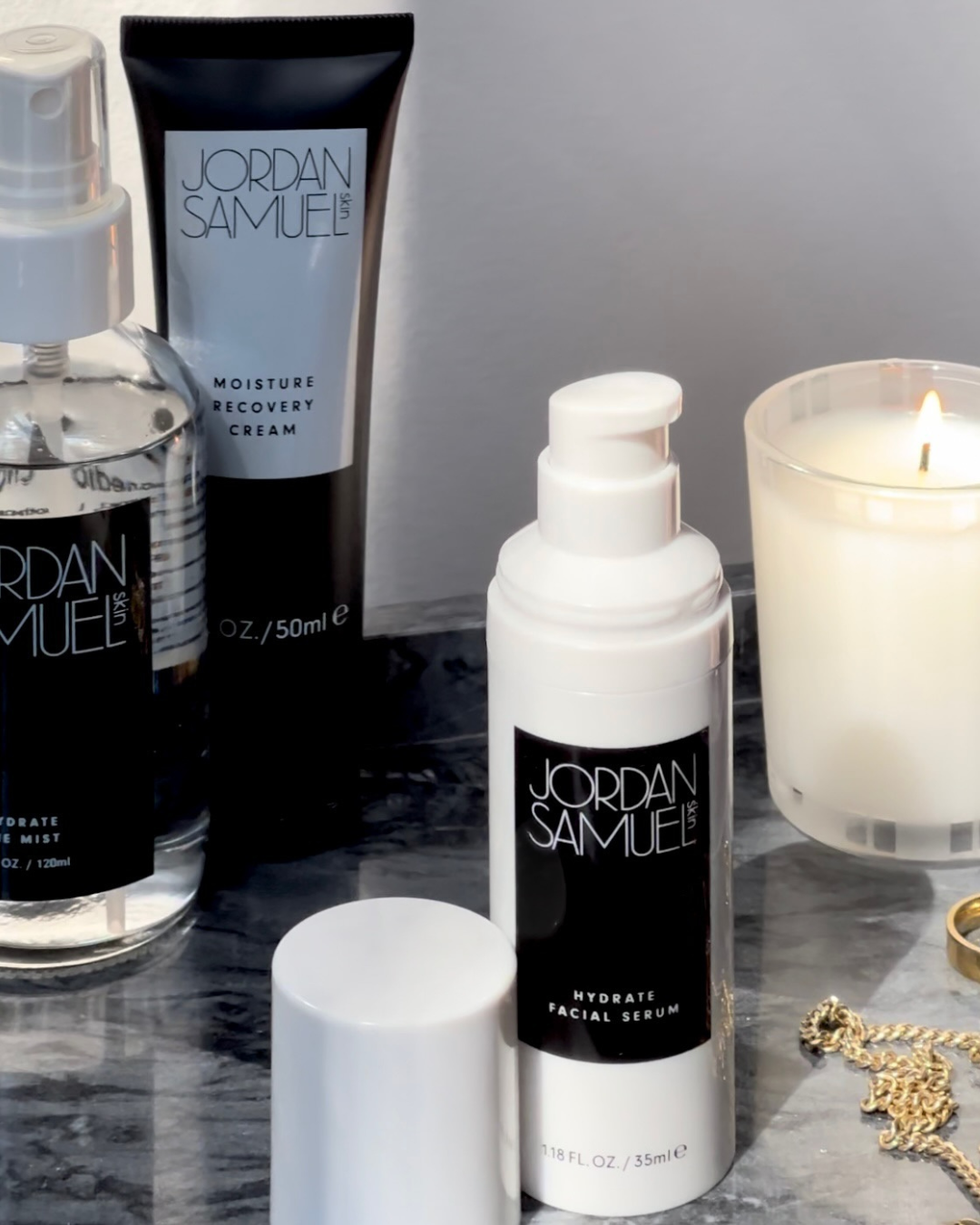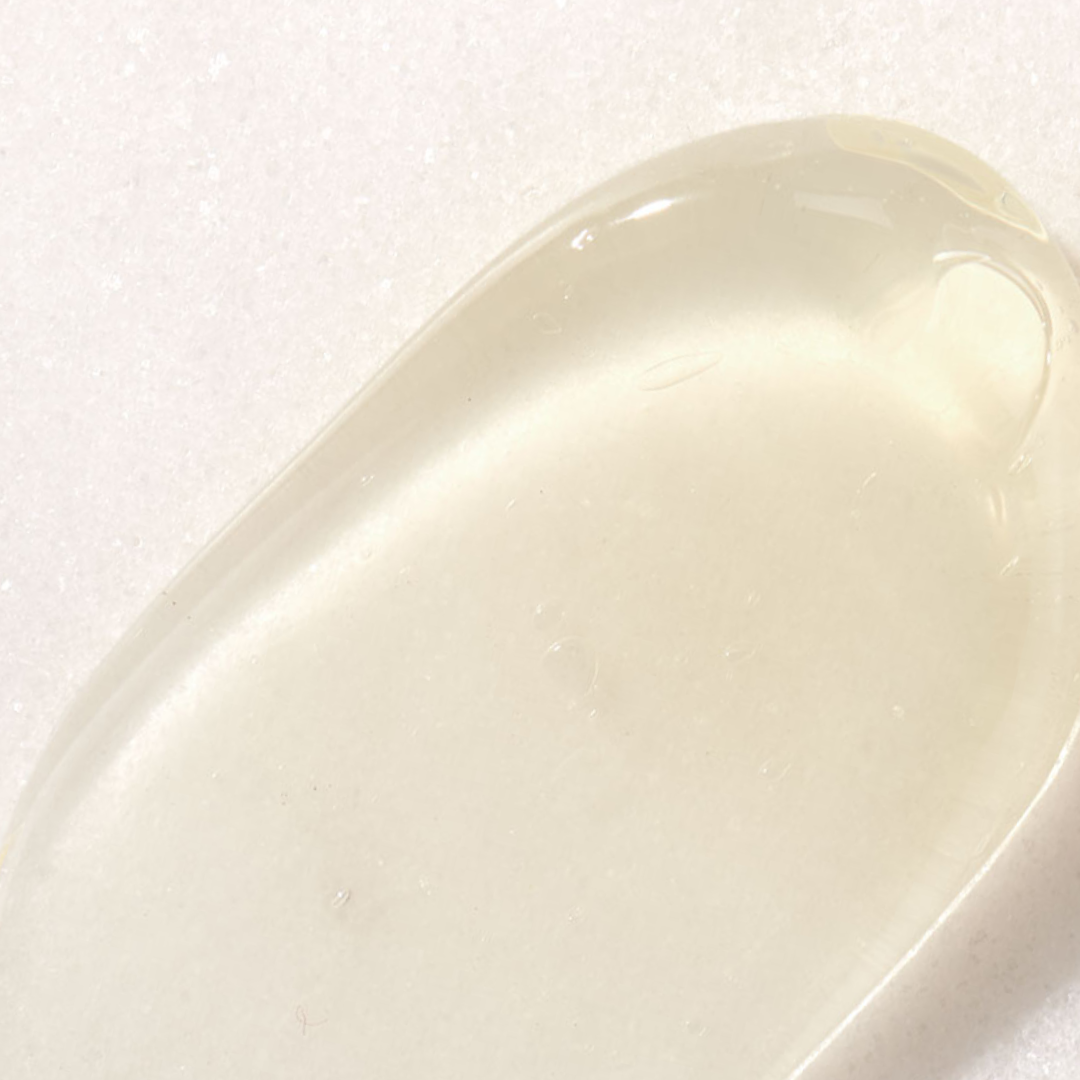Imagine a scenario: you buy a new product. It may have even been a splurge—something you saved for and were excited to try out. You had high hopes! But an hour, a day, or even a week later, something seems off. Different people present with varying symptoms that range from rashes and bumps to red patches and itchy flakes, but the common denominator is always the same: you’re having a skin reaction. So what do you do next?
Back to Basics
Resist the urge to throw more products at the problem. While it may seem wise to slather on a new lotion with soothing properties, you really want to limit the number of variables in this problem. A simple, stripped-down routine of a gentle cleanser and moisturizer (or facial oil) is best. Take a break from actives such as acids and retinols and allow your skin to recover.
Assess Your Needs
It’s easy to place the blame on the latest product you added to your routine, but a reaction may be caused by a confluence of factors. Consider how a new product interacts with your existing routine. That can include variables such as the other actives in your routine or how often and aggressively you exfoliate. A new product may highlight existing issues—for example, if you’re using a cleanser that’s too drying for your skin type, adding a new potent active may emphasize how your barrier has already been compromised. Less obvious factors such as stress, climate, travel, and even your laundry products also play a big role. As I’ve previously mentioned, keeping a skin journal can help you keep track of both products and environmental influences that lead up to a reaction.
Take It Slow
Once your skin has calmed down, you may be tempted to resume your full skincare routine. Unfortunately, adding multiple products at once can throw you right back into a skin reaction with no specifics on what’s caused the issue. Instead, introduce new products gradually. Isolating one product at a time will allow you to pinpoint the culprit if a reaction does occur.
Remember that just because something is wrong for you right now doesn’t necessarily mean you should write it off forever; seasonal and environmental changes may make it a good choice for you under different circumstances. A product that is too aggressive on dry winter skin may be a good choice for you in summer. Keep an open mind!
Know When to Call for Backup
Advice on the internet will only get you so far. I can’t see or feel your skin behind a computer screen, which is why I frequently recommend seeing a local professional for any specific concerns. It’s time to talk with your doctor or dermatologist if you have a severe reaction or a prolonged irritation that hasn’t started to improve after a week or two. They have access to topical prescriptions, allergy tests, and other helpful treatment tools. These medical approaches can help fast track your path back to healthy skin.
XO,
Jordan




